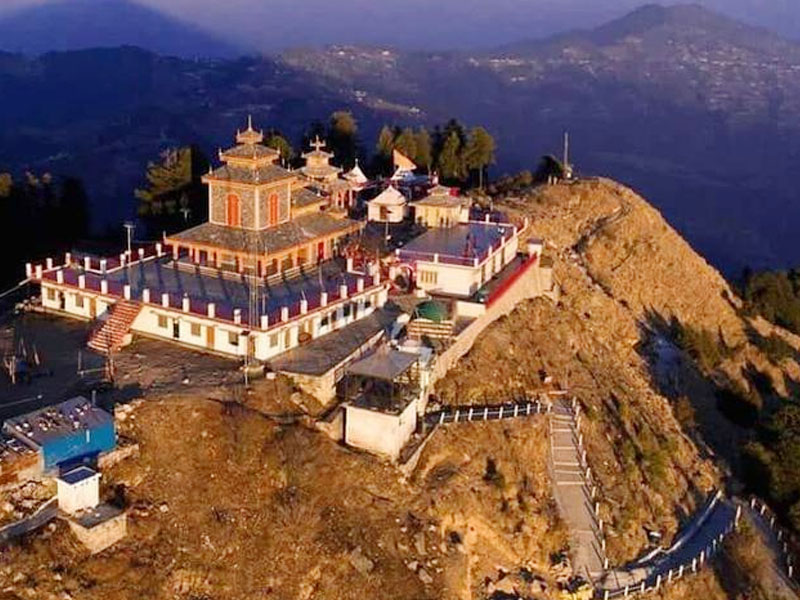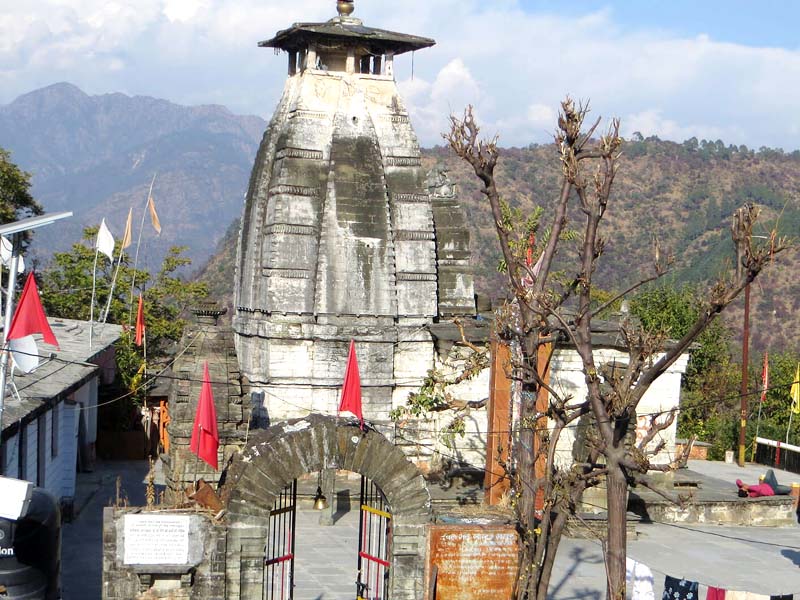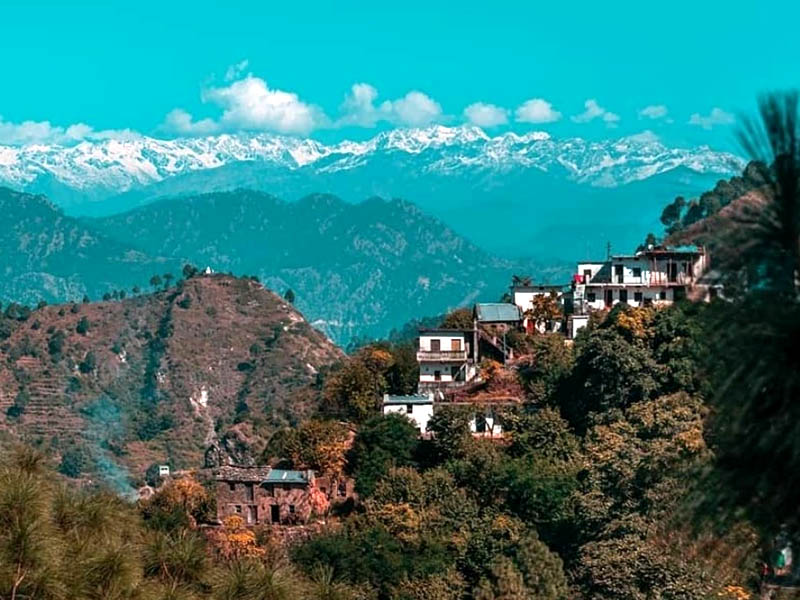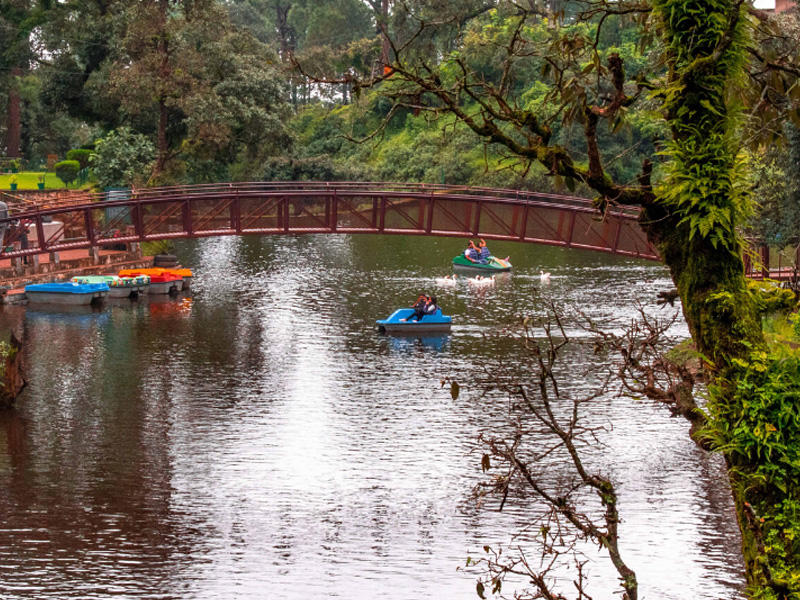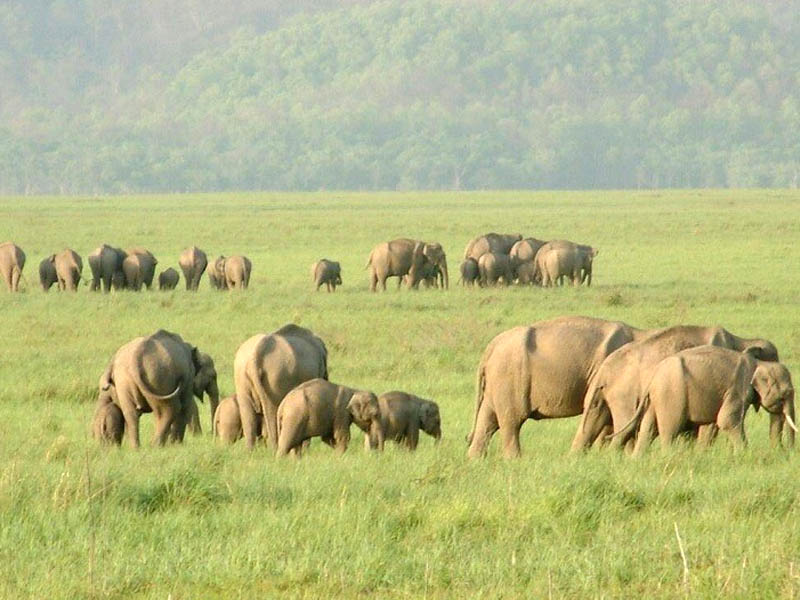Through the ages, the evolution of human civilization in the Garhwal Himalayan has been parallel to the rest of Indian sub-continent. Katyuri was the first historical dynasty, which rule over unified Uttarakhand and left some important records in the form of inscriptions and temples. In later period after the downfall of Katyuri’s, it is believed that Garhwal region was fragmented in more than sixty-four principalities ruled by the Chieftain, one of the principal Chieftainship was Chandpurgarh, which was ruled by descendent of Kanakpal. In the mid of 15th century A.D. Chandpurgarh emerged as a powerful principality under the rule of Jagatpal (1455 to 1493 A.D.), who was a descendent of Kanakpal. In the fag end of 15th century Ajaypal enthroned the Chandpurgarh and succeeded in unifying and consolidating various principalities on the region with in a Kingdom and his Kingdom came to known as Garhwal. Subsequently, he had transferred his capital from Chandpur to Devalgarh before 1506 and later on to Srinagar during 1506 to 1519 A.D.
King Ajaypal and his successors ruled the Garhwal for nearly three hundred years even during this period they had faced a number of attacks from Kumaon, Mughal, Sikh, Rohilla. An important event in the history of Garhwal was the Gorkha invasion. It was marked by extreme brutality and the word ‘Gorkhyani’ has become synonymous with massacre and marauding armies. After subjugating Doti and Kumaon, Gorkhas attacked Garhwal and reached as far as Langoorgarh despite stiff resistance put up by the Garhwali forces. But in the meantime, news came of a Chinese invasion and the Gorkhas were forced to lift the siege. However, in 1803, they again mounted an invasion. After capturing Kumaon, they attach Garhwal in three columns. Five thousand Garhwali soldiers could not stand the fury of their attack and the King Pradyumna Shah escaped to Dehradun to organize his defense. But his forces were no match to the Gorkha might. Garhwali soldiers suffered heavy casualties and the King himself was killed in the battle of Khudbuda. The Gorkhas became the masters of entire Garhwal in 1804 and ruled the territory for twelve years.
Gorkha ruled in the Garhwal area ended in 1815 when the British drove the Gorkhas to the West of Kali river, despite stiff resistance offered by them. After defeat of Gorkha army, the Britishers on 21 April 1815, decided to establish their rule over the eastern, half of the Garhwal region, which lies east of Alaknanda & Mandakini river, later on, known as ‘British Garhwal’ and Dun of Dehradun. The remaining part of the Garhwal in the west was restored to King Sudershan Shah who established his capital at Tehri. Initially the administration was entrusted to the commissioner of the Kumaon and Garhwal with his headquarters at Nainital, but later Garhwal was separated and formed into a separate district in 1840 A.D. under an assistant commissioner with his headquarter at Pauri.
Popular Destinations
Chandrabadni
The Chandrabadni Devi Temple is a Hindu shrine, located in a tiny hamlet called Jamnikhal in Tehri Garhwal district...
Devalgarh
It is situated 16 km away from Khirsu towards Srinagar. Raj Rajeshwari & Gauri Devi Temples are the important attrac...
Khirshu
There is an ancient temple dedicated to Ghandiyal Devi situated nearby, which adds the quietude of the place. The r...
Lansdowne
Lansdowne is a hill station in the north Indian state of Uttarakhand. It was founded as a military garrison under the Br...
Pauri
If you visit Pauri for once, you'll probably be captivated by its virgin beauty. The mornings are clad in the r...
Rajaji National Park
The famed Rajaji Tiger Reserve is both a national park and a tiger reserve. It is famous as an elephant habitat as there...

